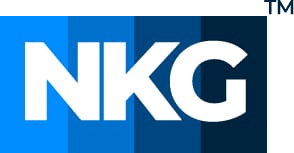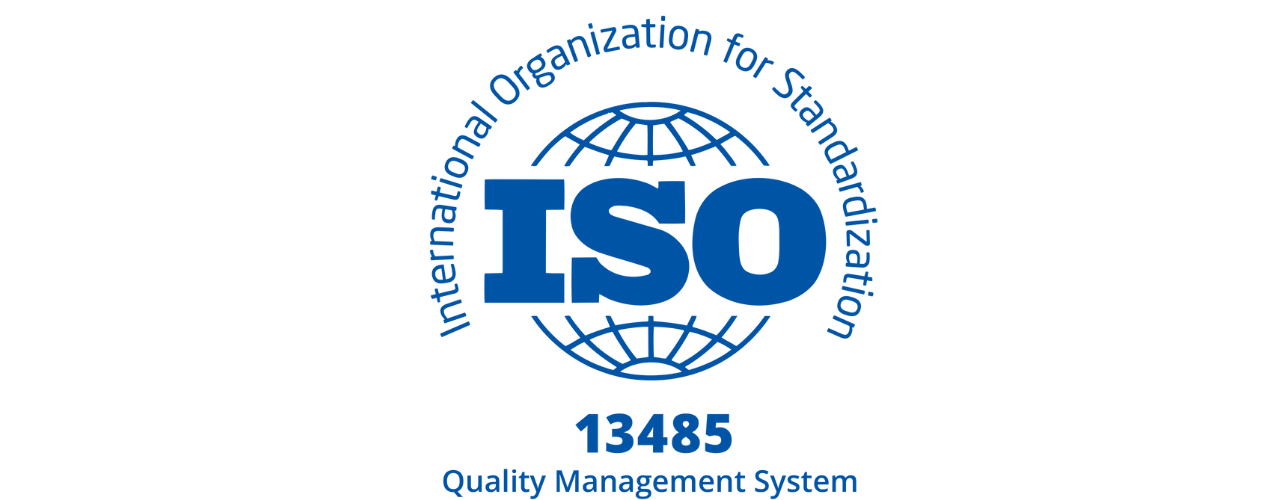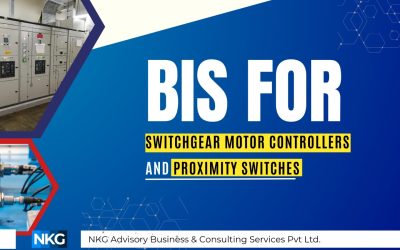Introduction
In the ever-evolving landscape of medical device manufacturing, ensuring product quality and patient safety is of paramount importance. This is where ISO 13485, the internationally recognized quality management system (QMS) standard, comes into play. Developed by the International Organization for Standardization (ISO), this robust framework provides a roadmap for organizations to consistently design, produce, and deliver medical devices that meet stringent regulatory requirements and customer expectations.
What is ISO 13485?
ISO 13485:2016 is a crucial standard for anyone involved in the design, production, installation and servicing of medical devices .It outlines the requirements for a comprehensive quality management system, helping organizations ensure compliance and safety in their products. The standard is globally recognized and specifically tailored to meet the stringent needs of the healthcare industry, aligning processes and products with rigorous regulatory requirements.
At its core, ISO 13485 is designed to ensure patient safety by establishing a robust quality management system that covers the entire life cycle of medical devices, from design and development to production, storage, distribution, installation, servicing, and disposal. By implementing ISO 13485, organizations demonstrate their commitment to consistently delivering safe and effective medical devices that meet applicable regulatory requirements
Why is ISO 13485 Certification Important?
ISO 13485 certification is a crucial step for medical device manufacturers, offering numerous benefits that can propel their businesses forward:
- Regulatory Compliance: Obtaining ISO 13485 certification is often a prerequisite for entering various global markets, including the European Economic Area (EEA) and the United States. In the EEA, ISO 13485 certification is a requirement for CE marking, which signifies conformity with safety standards for products sold in the region. Additionally, the U.S. Food and Drug Administration (FDA) is harmonizing its own 21 CFR 820 medical device quality requirements with those of ISO 13485, further solidifying the standard’s importance.
- Customer Confidence: Consumers and the life science supply chain have come to trust the ISO brand, and many will refuse to purchase medical device products from companies that lack ISO 13485 certification. This certification demonstrates a commitment to quality and provides a competitive edge in the marketplace.
- Streamlined Operations: By implementing the systematic approach outlined in ISO 13485, organizations can streamline their processes, improve efficiency, and reduce the risk of product defects or recalls. This not only enhances patient safety but also minimizes costly rework and waste.
- Continuous Improvement: ISO 13485 emphasizes a culture of continuous improvement through regular audits, management reviews, and the implementation of corrective and preventive actions. This proactive approach helps organizations identify and address potential issues before they escalate, ensuring ongoing compliance and quality excellence
Why is ISO 13485 Important for Importing Medical Devices to India?
In India, the Central Drugs Standard Control Organization (CDSCO) is responsible for regulating the import, manufacture, and sale of medical devices. To import medical devices into India, manufacturers must comply with the Medical Device Rules, 2017, which require adherence to quality management system standards like ISO 13485.
Obtaining ISO 13485 certification is a crucial step for medical device manufacturers seeking to enter the Indian market. It demonstrates compliance with international quality standards and ensures that the imported devices meet stringent safety and performance requirements. Additionally, ISO 13485 certification streamlines the import process by providing regulatory authorities with confidence in the manufacturer’s quality management system.
Key Elements of ISO 13485

ISO 13485 encompasses a comprehensive set of requirements that cover various aspects of medical device manufacturing. Here are five key elements that organizations must address to achieve and maintain compliance:
- Quality Management System (QMS): Implementing and maintaining a robust QMS is at the heart of ISO 13485. Organizations must establish processes, document procedures, and define roles and responsibilities within the QMS. This includes elements such as risk management, design and development controls, and documentation management.
- Management Responsibility: Top management plays a crucial role in ensuring the effective implementation and maintenance of the QMS. This section outlines responsibilities such as establishing quality policies, setting quality objectives, conducting management reviews, and ensuring the availability of necessary resources.
- Resource Management: ISO 13485 emphasizes the importance of allocating appropriate resources, including human resources, infrastructure, and a suitable work environment. It also addresses aspects such as contamination control and the qualifications and training requirements for personnel.
- Product Realization: This section covers the processes involved in the lifecycle of medical devices, from design and development to production, installation, and servicing. It includes requirements for planning, verification, validation, monitoring, handling, storage, and traceability.
- Measurement, Analysis, and Improvement: Organizations must establish processes to monitor, measure, analyze, and continually improve the QMS and product performance. This includes activities such as internal audits, corrective and preventive actions, and data analysis to identify areas for improvement.
Conclusion :
ISO 13485 is a powerful tool that empowers medical device manufacturers to achieve excellence in quality management and regulatory compliance. By implementing this robust standard, organizations can streamline their operations, enhance patient safety, and gain a competitive edge in the global marketplace.
However, achieving and maintaining ISO 13485 certification is a journey that requires dedication, diligence, and a commitment to continuous improvement. By following the step-by-step guide outlined in this blog post, organizations can navigate the implementation process effectively, ensuring a successful certification outcome and positioning themselves for long-term success in the medical device industry.
Remember, ISO 13485 is not just a checklist; it’s a mindset that prioritizes quality, safety, and regulatory compliance at every stage of the product lifecycle. Embrace this mindset, and unlock the full potential of your medical device manufacturing operations.







